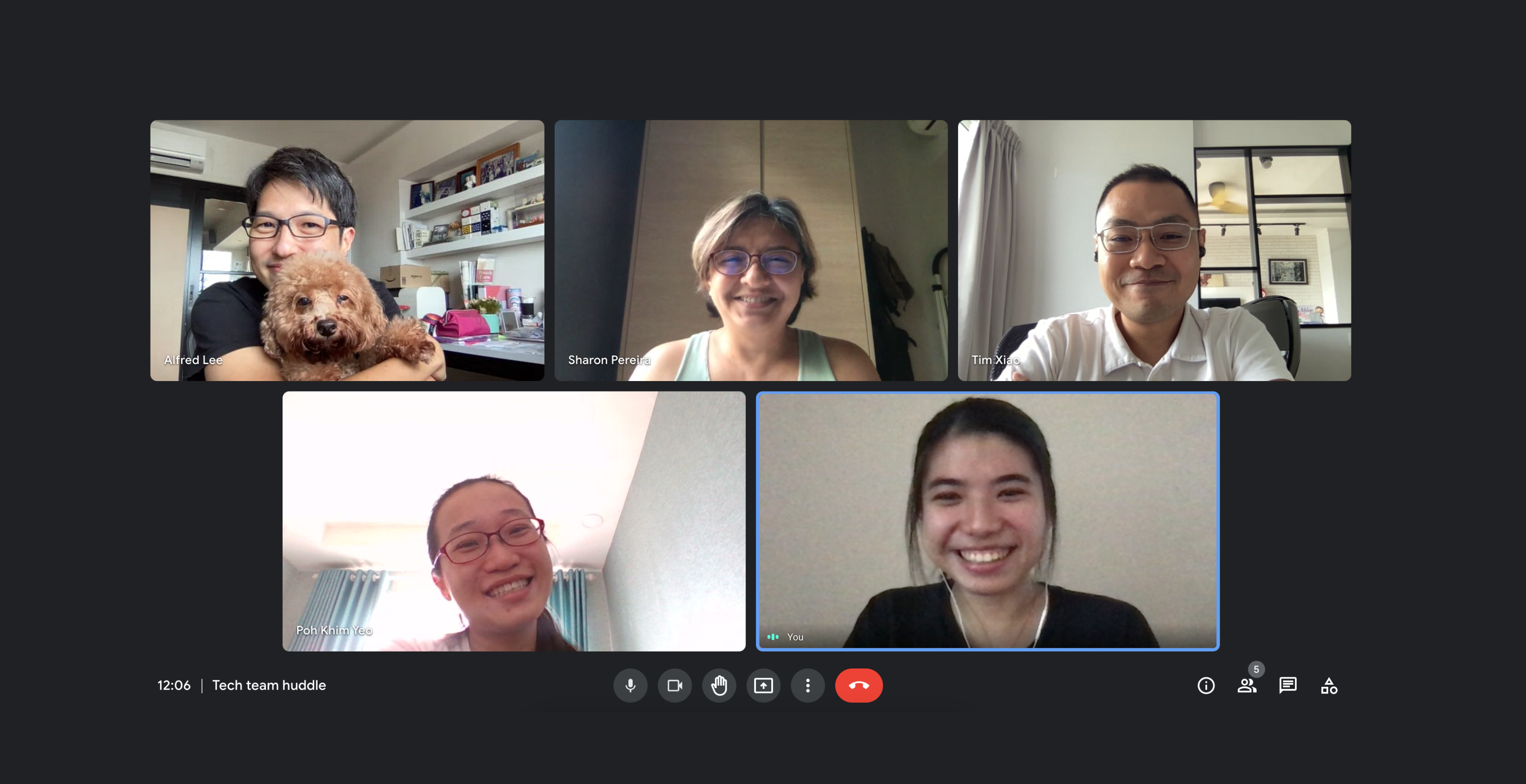My UX Journey with Our Better World
When COVID-19 hit, job opportunities were rare for fresh graduates like myself. I had to keep my options open, leading me to rethink what I wanted to do.
After a couple of months exploring the job market, I realised that User Experience (UX) Design stood out to me the most. I was intrigued by how UX creates meaningful experiences by identifying what users' pain points are, then helping to address those problems. UX bridges the gaps between people, business and technology - something we as users interact with every day.
Joining Our Better World (OBW) as a UX designer and researcher opened up a new exciting chapter in my life. But nerves also kicked in. I wasn't sure if this would work out given that I have little to no experience in this area. Nonetheless, I was ready to take a leap of faith to learn, experiment, and see where it all leads.
Being Part of Our Better World’s Tech Team
One of the ongoing challenges we face in OBW’s tech team is improving our users' existing experiences. How can we enhance our users’ experience when they enter www.ourbetterworld.org from different parts of the internet?
As we tackle this multifaceted problem, we integrate the concept of Design Thinking into our process. For those unfamiliar with the concept, design thinking is a non-linear, iterative way of working that seeks to understand users and solve problems. It consists of five phases - empathise, define, ideate, prototype and test.
We embrace design thinking because it changes the way we think about problems. It surfaces opportunities as we build empathy for our audience's needs, allowing us to design and prototype potential solutions to determine their effectiveness. We also have plans to co-develop features with our community by engaging them in our design process to create and build a product they would love and enjoy.
Three Key Lessons
Although OBW is only at the initial stages of the UX maturity spectrum, I'm happy with how far we’ve come despite the roadblocks we’ve faced. Through these challenges, I’ve learned three key lessons:
The importance of research, research, and more research
While feedback and suggestions from past studies have helped us make better-informed design decisions, there's still something about validating what we have built, with our users, to understand better if that is what they need - which is something we’re working towards.
Don’t fall too in love with an idea
You’ll have to let some ideas go even if you love them. Sometimes, it's due to technical feasibility. At other times, it doesn't work as you’ve predicted. And that's okay. We should build something that reflects our user's needs and there’ll always be alternative ways to reach the same goal.
Never stop questioning your design
A misconception I had when I first started was to only design a “happy path”. That’s something we should avoid. Put yourself in the user’s shoes and think about the possibilities and challenges of the design. What I found helpful is to always ask myself the “whys” and “what ifs”. Why did I design this flow? What if it’s not intuitive enough for the user? What if they don't click here to donate? And the list goes on... Pondering on these questions can help crystallise your thinking and perhaps spark more ideas!
In retrospect, throwing myself into this unknown was nothing short of amazing. I’ve learned much more than just UX design and I’m still very excited to continue my learning journey and grow more with each day.





